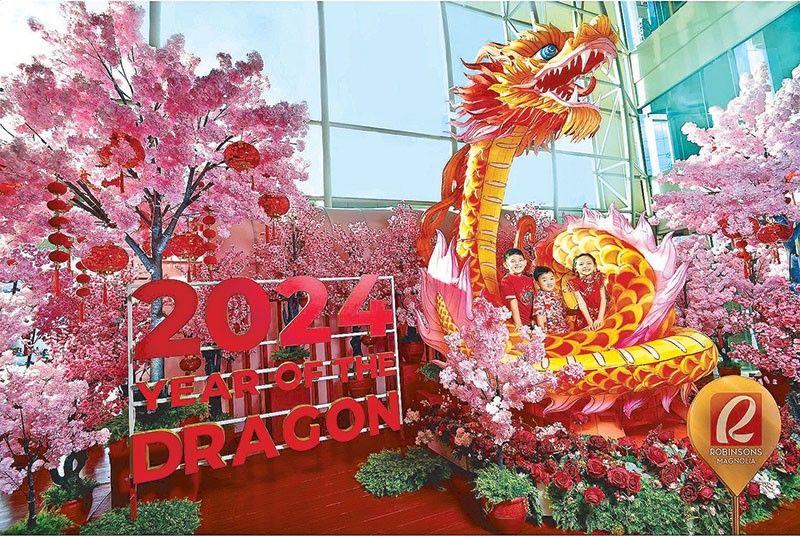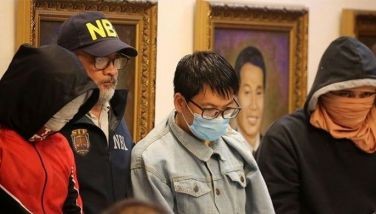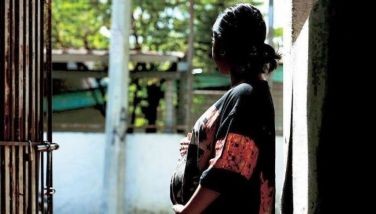Enter the Dragon: Lunar New Year seen to bring positivity

MANILA, Philippines — From the children’s song “Puff, the Magic Dragon” to the Bruce Lee classic “Enter the Dragon,” this mythical creature has captured our imagination through the ages.
This fascination is sure to heighten as we welcome the Year of the Wood Dragon tomorrow.
The dragon is the fifth of the 12 signs in the Chinese zodiac, and wood is one of the five elements (the others are fire, earth, metal and water). The other zodiac signs, in order of the animals’ appearance before the Jade
Emperor, are rat, ox, tiger, rabbit, snake, horse, sheep, monkey, rooster, dog, pig.
The dragon, the only mythical creature in the zodiac, is the most auspicious and significant among the animal signs, considered the symbol of the emperor and imbued with power, nobility, wealth and success.
Dragon years are generally positive, offering a lot of opportunities as well as changes and challenges. This year is no different, and could be a good time to make changes in your life. While the dragon is seen to be powerful and swift, the element wood tempers this, making Wood Dragons more introspective, less assertive.
The new year celebration spans 15 days, usually starting with a big family dinner this evening. Tomorrow, the new moon, is the first day of the new year. Festivities officially end on the 15th day (Feb. 24), the first full moon of the year, which is celebrated as the Lantern Festival when, traditionally, homes and streets and temples are festooned with lanterns – usually red – and families gather to partake of tangyuan, sweet glutinous rice balls filled with crushed peanuts or sesame paste.
The streets of Binondo, the world’s oldest Chinatown, as well as malls all over the metro and in major cities across the country will be alive with the raucous drumbeats of lion and dragon dances ushering in the new year. While these are often performed together, there are marked differences between the two.
The lion dance is two-person endeavor – one at the head and the other at the tail. Usually performing in pairs, lion dances are very acrobatic, with spirited choreography that often has the head dancer jumping on to the shoulders of the tail dancer, followed by fancy dismounts.
The dragon, on the other hand, is long and sinewy, extending many meters and involving multiple dancers who hold up and manipulate the body of the dragon with poles. Legend has the origins of the dragon dance in the Han dynasty (202 BCE to 220 CE) as an entreaty for rain for the crops. In Chinese mythology, the dragon has great powers and can control the wind and rain, rivers and even the sea. It was thus greatly valued and revered by the largely agricultural population.
Today, lion and dragon dances are highlights of the new year celebration all over the world, not just to add to the noisy, festive air but to help drive away evil spirits and bring in prosperity and good fortune.
Dragon and lion dances have even invaded the Vatican, with a special performance a few days ago at the Apostolic Palace. Pope Francis, who did the dotting of the eye ceremony for both the dragon and the lion, admonished the performers to become “acrobats of peace and prosperity.”
Perhaps the best example of a Dragon would be Bruce Lee, born in San Francisco in 1940, a Metal Dragon. Named Jun-fan by his father, he took the stage name Lee Xiao Loong, meaning Little Dragon. Other notable Dragons are Vladimir Putin (Xi Jinping, by the way, is a Snake, a year younger), Deng Xiaoping, Jack Ma of Alibaba and locally, Gary V, Sarah Geronimo and Vice Ganda.
- Latest
- Trending































